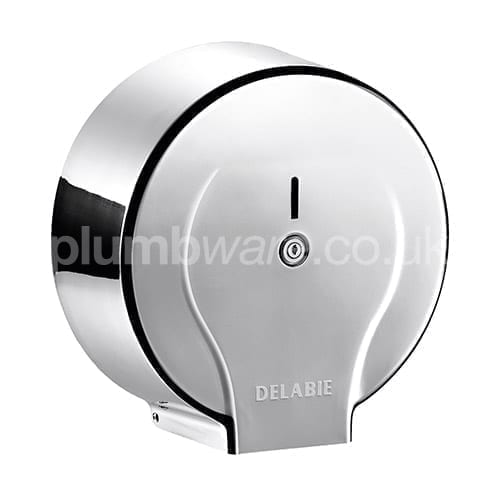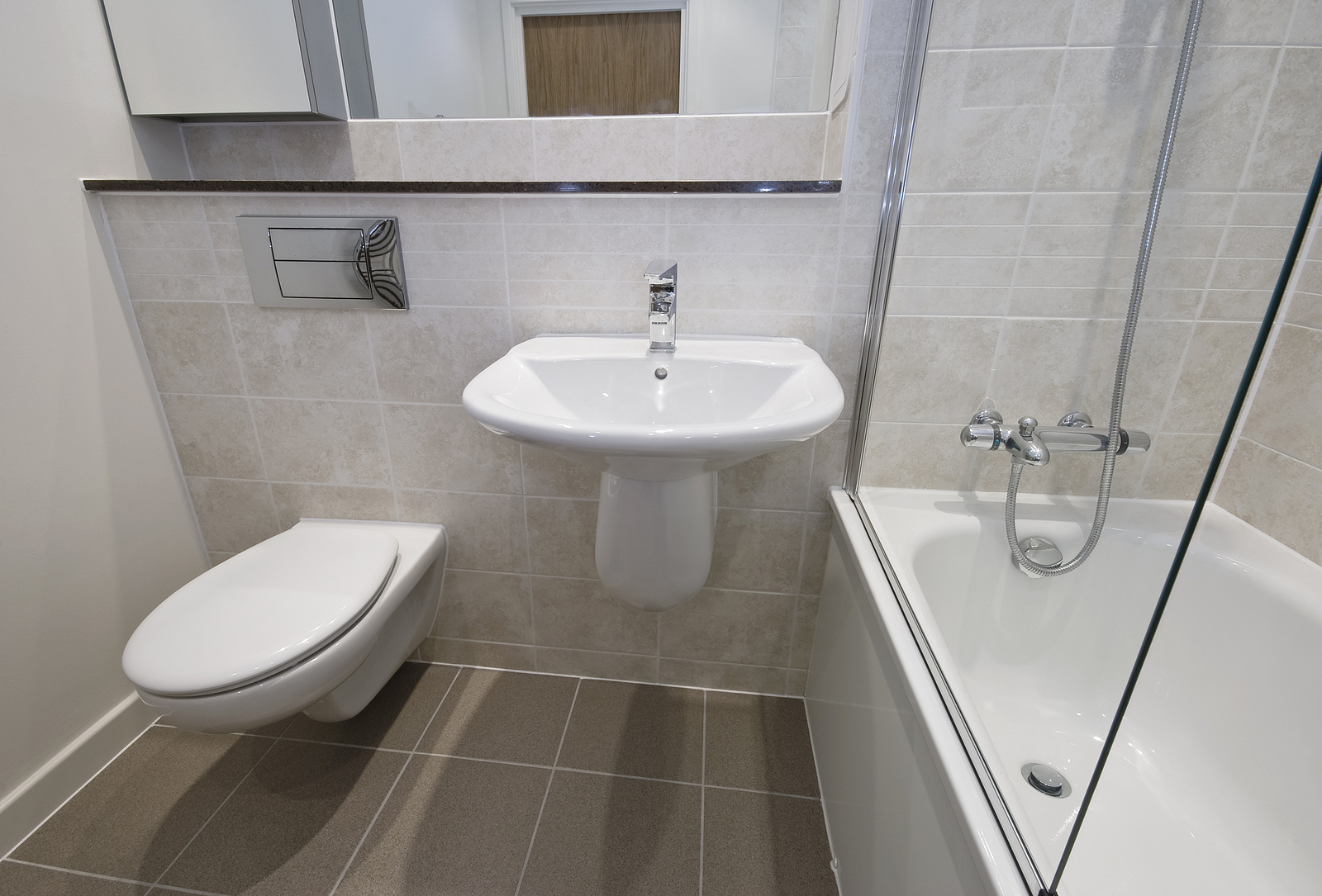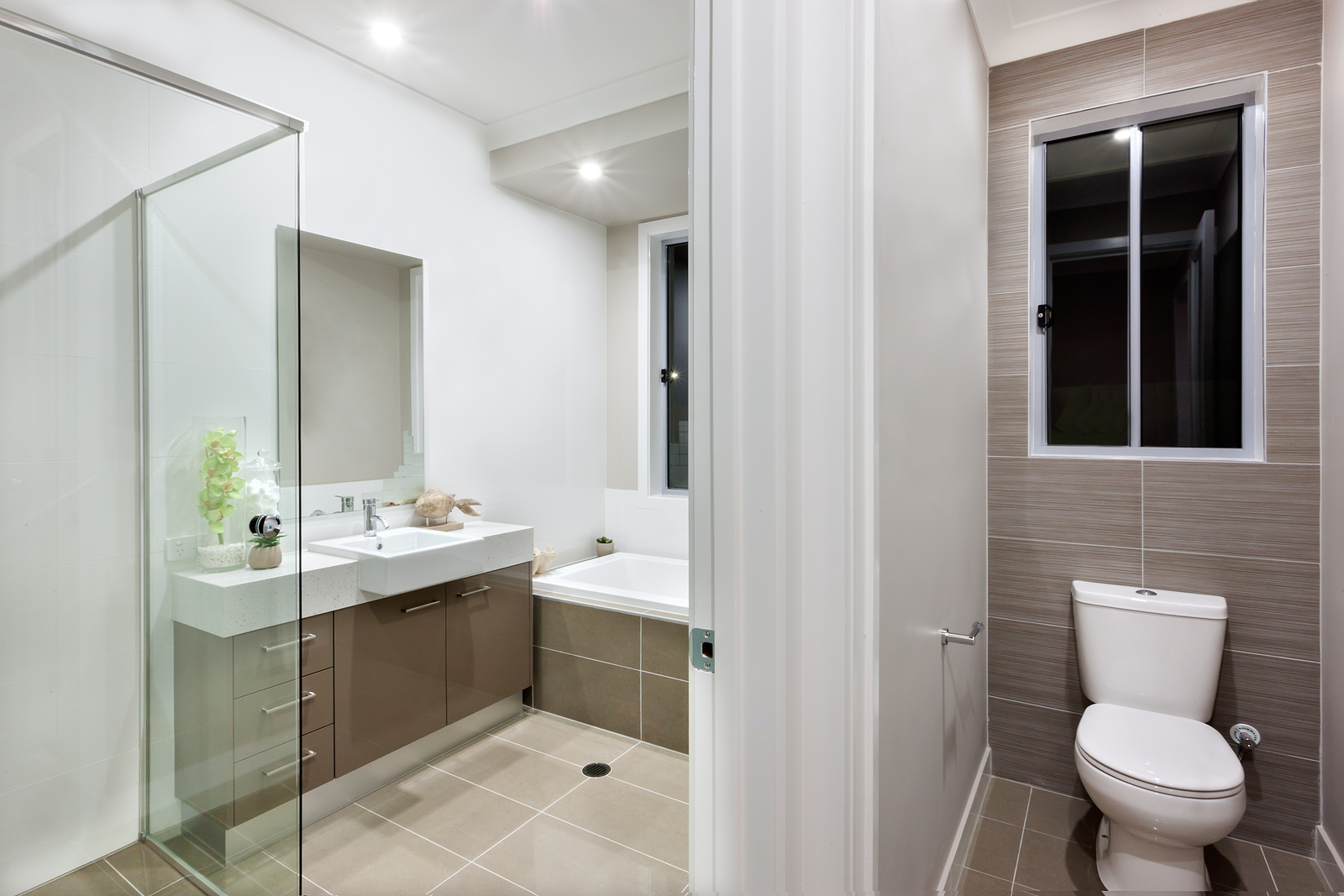

If you are responsible for toilets in a non-domestic setting, be it a public building, an office, a pub, a football stadium or a hotel, those who use them will be relying on you to ensure the facilities are as good as they can be – and may have good reasons to complain if they are not.
In many cases, this will only be fair; if for instance, you have failed to invest in high-quality equipment, fixtures and fittings, or if there are leaks, or items like hand driers don’t work properly. All this is in addition to making sure the facilities are regularly cleaned and maintained.
However, there is an extent to which situations can get beyond your control. This is especially true when vandalism takes place. If someone is determined to kick the cubicle doors in, smash the sink, rip the toilet roll holders off the wall, break the windows or cover the place in graffiti, you may have good reason to feel aggrieved.
However, you can do something about this, by bringing in vandal-proof items such as a robust lockable toilet roll dispenser.
How Prevalent Is Vandalism?
How much you may need this can depend on circumstances. Overall, according to the most recent (2022) British Crime Survey, there has been a steady decrease in most offences since the mid-1990s, except for computer misuse and fraud.
While vandalism and criminal damage are not listed amongst the main types of crime in the survey, it would be odd for this to rise while others, such as theft, car crime and violence, fell.
Perhaps, it may be mused, this shift in patterns of criminality is a consequence of the arrival of the internet, with bored hooligans now preferring to make mischief online from their homes instead of going out and causing trouble by fighting and vandalising things, just as there is now more online fraud, but fewer thefts from the person or burglaries.
However, this is clearly not always the case, especially in instances where people will gather in large numbers in public places and use their toilet facilities. An obvious example will be football stadiums, where supporters of visiting teams may abuse the facilities, especially if their team loses, alcohol has taken its toll, or a combination of both.
Public Washrooms At High Risk
Another type of facility that is still commonly subject to vandalism is public toilets. Brighton and Hove News recently reported on the level of vandalism that caused one public toilet in the city to be closed in 2022.
Between 2018 and the closure of the toilets four years later, there were 180 call-outs to the council to fix the damage of vandalised doors and equipment, graffiti, littering drug use.
Not to be deterred, the city council now wants to turn a neighbouring pavilion into public toilets. However, past experience suggests that it will need plenty of vandal-proof equipment and security features to avoid the fate of its predecessor.
Of course, not every public-facing washroom will face such problems. Libraries, council offices, workplaces and schools will suffer far less, because they are not subjected to large crowds of people using them at once in the manner of toilets at a football ground, or stand-alone buildings where criminality can take place without being seen or heard so easily.
Nonetheless, even these facilities may face occasional damage from those hell-bent on making trouble, from disgruntled employees on their last day to those with a sociopathic disregard for the consequences of their actions, for them or anyone else.
Not A Victimless Crime
Investment in vandal-proof washroom equipment is worth it. An article in Luton Today, which it used to launch a new anti-vandalism campaign, highlighted the cost to local authorities of vandalism, which amounts to £60 million a year. Needless to say, this is a cost that is felt by communities as this cash could be used for other things, so it is no victimless crime.
Moreover, as the article noted, vandalism is one of those crimes which tends to go unreported, which means even the implicit drop signalled by the British Crime Survey may not be entirely reliable.
While such costs may be borne by council taxpayers for public sector facilities, commercial firms will often decline to report the crime and meet the repair costs themselves, lest an insurance claim pushes up their premiums. For those having to do this on a frequent basis, the expense will mount up.
However, if products from toilet roll dispensers to cubicle doors are designed to withstand the efforts of vandals to damage or destroy them, such costs could plunge, as well as ensuring there are fewer, if any, occasions in which the washroom facilities are out of action.




